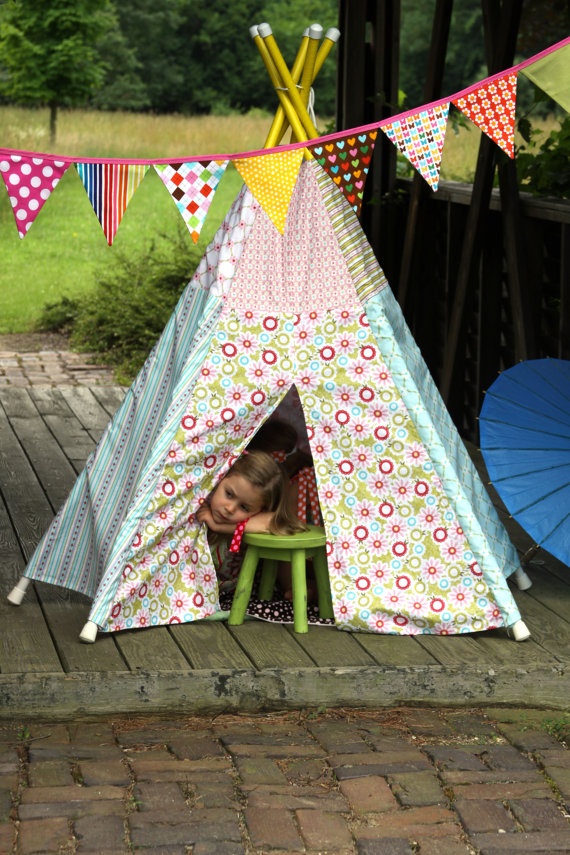

So, we recommend keeping a spare down tube with you and a bag of extra nuts, bolts, safetys, and batten clips for quick fixes or a case of butterfingers. The most commonly damaged part of the glider is the down tubes. What spare parts should you carry with you? A sail in good condition will feel crispy.Ħ. Make sure you put your hands on the sail. So a glider thats been kept in a bag in the garage will be in better condition than one that’s been set up and sitting outside between flights. Also, take into account that sunshine ages gliders and wears down the sail. How do you judge the age and quality of a used glider? Wolf: Wills Wing Sport 3, Wills Wing Flylight Coccoon, Lara 250 parachute, Aeros Full-face Helmet.īilly: most of the same as Wolf except I would choose either a Wills Wing Falcon or an Alpha.ĥ. What would you buy if you had an unlimited budget? BUT, your neck will get tired very quickly from the weight of the helmet.Ĥ. They will also be able to help you measure your head and order the best size helmet for you. Either way, talk with your instructor on reputable brands and online stores. Some schools will have a limited stock of helmets to sell. In most cases, you will have to order online. When you fly in your harness, a parachute will change how the harness feels. At what rating would you buy a parachute?Īs soon as you buy your own harness. For example, Wills Wing Falcons retain their value well over the years. Make sure you get your gear through a reputable source like an accredited instructor or school.Īnother factor to consider when purchasing hang gliding gear is the resale value, specifically that of your glider. Some schools and clubs will also offer gear to rent for around $75 to $100 until you save up for your own equipment.Īs we stated earlier, you can buy some used gear. Reach out to your local school, club, or instructor to give you tips on the best set up for your car. Several pilots DIY their roof rack with a ladder and some pool noodles. There are ways you can lower these costs a bit.Ī common cost lowering practice is your roof rack set up. With all these dollar signs floating around, it can be a little prohibitive to get into hang gliding. This will go a long way in ensuring you become part of the local pilot community. Offer to buy him dinner, a beer, or a tank of gas.

When you have a mentor showing you the ropes, make sure you show them your appreciation. This relationship will help you to become a better pilot and will give you a strong connection to the local club and the general hang gliding pilot community. you may develop a mentor/mentee relationship with a local pilot or instructor. Often along your journey to becoming a hang gliding pilot. Some clinics also cover more advanced flying like competition and cross country. Common clinics that we recommend attending cover landings and flight planning. While not required to become a better pilot, clinics can help advance your skill quickly with this more detailed instruction on specific topics. Sometimes these even feature advanced pilots and a new perspective to learn from. Hang Gliding schools and clubs will often host clinics to help provide their students with more information. Packing a hang glider on top of your car often causes your car to run less efficiently and will increase your gas costs.Īnother not-so-hidden cost is advanced instruction. So unless you want to carry your glider up to top before every flight, factor in the cost of a ride card as well. Some locations also offer rides up the mountain. Site fees vary from location to location but generally run around $25 for a week. This helps to maintain the location and keep the launch and landing zone nice for every pilot. When going to new locations to fly, there is often a site fee. Of course the costs of hang gliding are not completely straight forwards, so there are some hidden costs to consider. Combined with training, you are looking at a cost range between $5,000 and $8,000. Some helmets can be equipped with a radio and headset inside the helmet and may be required by your instructor.Īn entirely new set up will typically cost upwards of $5,500, while a used set up is closer to $3,500. The next most common consideration is a radio. A full-face helmet offers more protection, especially for your chin and jay, but is generally more expensive than an open-face helmet. One major consideration will be whether you want a full-face (like the one pictured) or an open-face helmet. Helmets vary greatly depending on the features that you want and can cost anywhere from $75 to $500.


 0 kommentar(er)
0 kommentar(er)
